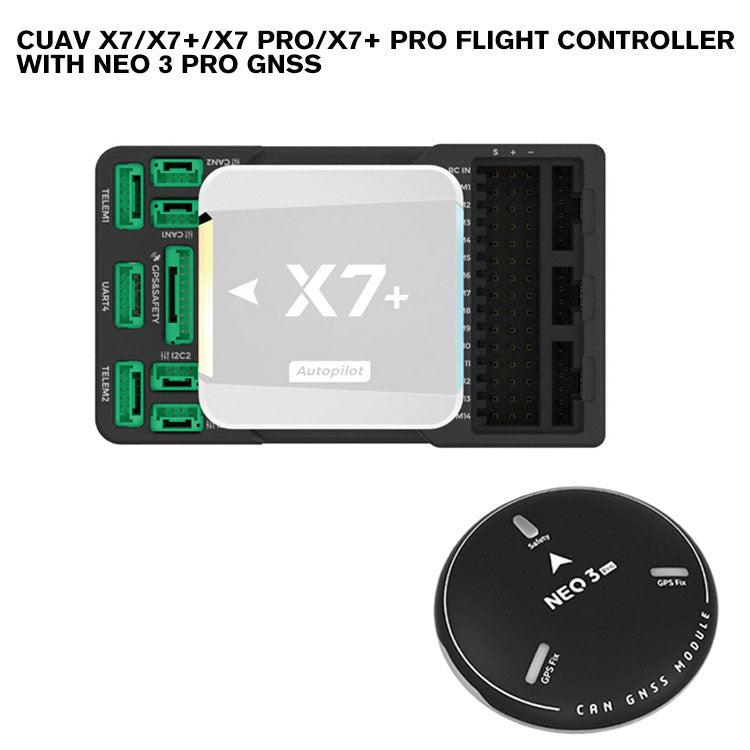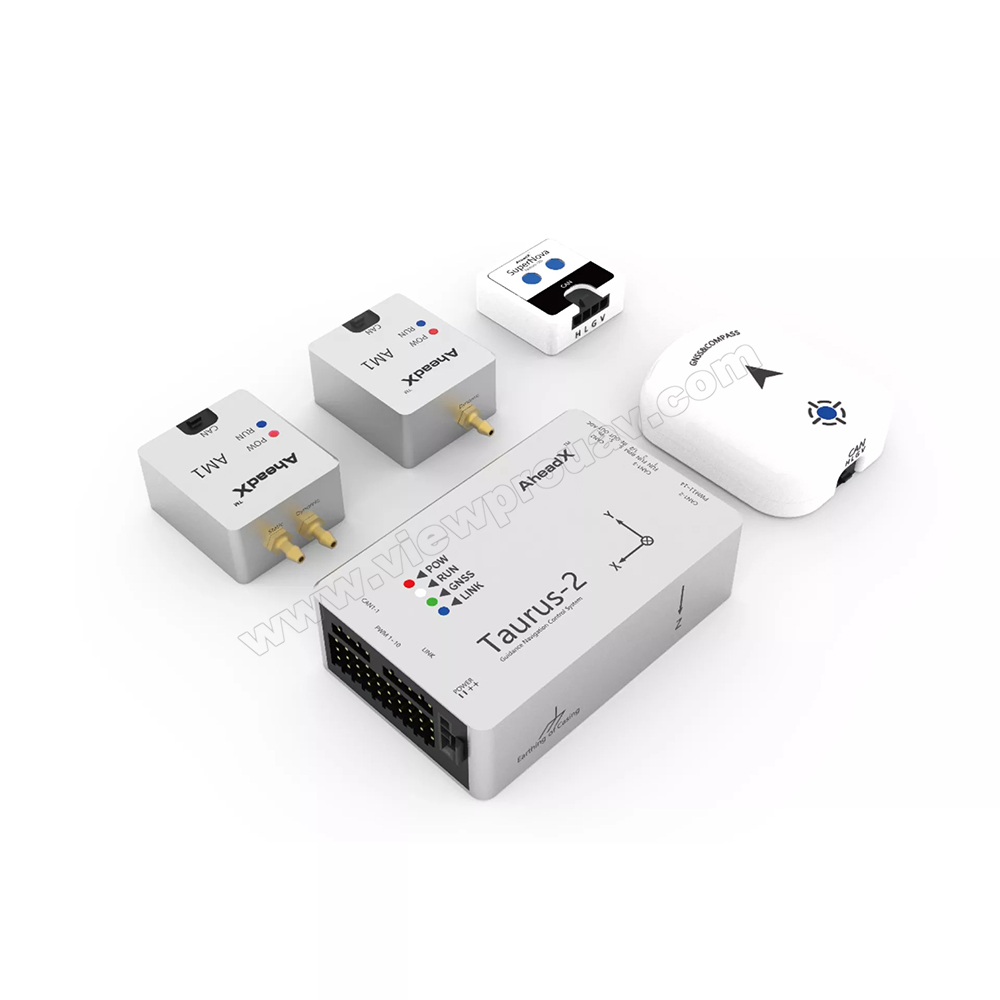Discovering the Role of Drone Trip Controllers in Enhancing Trip Security and Navigating Performance
The development of drone innovation has significantly increased the importance of flight controllers, which work as the mind of these airborne cars. By integrating real-time information from a selection of sensing units, trip controllers boost flight stability and navigation efficiency, guaranteeing that drones can operate efficiently also in complex atmospheres. This discussion will check out the key components that add to these improvements, in addition to the effects for the future of independent flight. What innovations lie ahead that could additionally transform the capacities of drone flight controllers?

Understanding Trip Controllers
Trip controllers are important components in the performance of drones, acting as the brains that stabilize and handle flight procedures. These sophisticated devices process data from various sensors, consisting of accelerometers, gyroscopes, and GPS, to make certain that the drone maintains its desired trip course. The flight controller interprets this information and performs commands based on pre-defined algorithms, enabling the drone to reply to ecological changes, such as wind or challenges.
The key feature of a flight controller is to maintain stability throughout trip. It attains this by making real-time modifications to the drone's motors and control surface areas, ensuring balance and control. In addition, modern-day flight controllers incorporate sophisticated features such as waypoint navigating, permitting automated trip paths and boosted functional performance.
Comprehending the design of trip controllers is vital for both hobbyists and specialists. They commonly contain a microcontroller, firmware, and various interfaces for sensing unit input and interaction. As technology advancements, trip controllers have actually come to be a lot more qualified and portable, integrating expert system to adjust and improve decision-making processes to complex flight scenarios. This evolution signifies a pivotal development in the drone industry, leading the method for more advanced applications and safer operations.
Key Parts of Flight Security
Attaining ideal flight security in drones depends on a number of crucial parts that operate in show to make sure controlled and smooth procedures. Central to this security is the trip controller itself, which refines data from various sensors to preserve the wanted flight mindset. This consists of accelerometers and gyroscopes that gauge motion and orientation, permitting for real-time modifications to the drone's setting.
Another vital element is the digital speed controllers (ESCs), which manage the power provided to the electric motors. By finely adjusting motor rates in feedback to trip controller commands, ESCs aid maintain equilibrium and neutralize disruptions triggered by wind or abrupt movements.
In addition, the design of the drone's frame plays a crucial function in flight stability. A well-structured framework minimizes vibrations and boosts the general aerodynamic account, adding to smoother trip features. Lastly, the assimilation of advanced algorithms within the trip controller help in predictive adjustments, ensuring a receptive and adaptable flight experience.
Together, these parts create a natural system that improves a drone's stability, enabling specific maneuvering and improved efficiency in various flight problems.
Navigation Performance Methods
Performance in navigating is essential for optimizing drone procedures, particularly in complicated settings. Efficient navigating techniques boost the capacity of drones to pass through difficult surfaces and prevent barriers, consequently enhancing operational performance and safety.
One popular technique is the application of sophisticated GPS and inertial dimension devices (IMUs) that offer specific area monitoring and alignment information. These technologies allow drones to determine ideal trip courses in real-time, taking into consideration various elements such as wind conditions and potential challenges.
An additional method involves the use of algorithms for path planning and optimization. Formulas such as A * and Dijkstra's formula can be deployed to identify the most reliable course while reducing power usage and trip time. Integrating device discovering versions can allow drones to adaptively find out from their settings, improving navigating abilities through experience.

Influence On Autonomous Drones
The assimilation of innovative navigation strategies has actually exceptionally changed the capacities of autonomous drones, allowing them to operate with higher freedom and accuracy. SparkNavi drone flight controller and GNSS/INS made in taiwan. These enhancements are mostly attributed to sophisticated trip controllers that make use of real-time information processing and sensing unit fusion, allowing drones to navigate complex atmospheres effortlessly
The influence on autonomous drones prolongs past simple navigating; it encompasses improved challenge evasion, boosted security during dynamic problems, and increased objective reliability. click this link By leveraging algorithms that include equipment understanding and expert system, drones can adapt to changing circumstances, making notified choices that enhance their flight courses while decreasing threats.
In addition, the implementation of durable flight controllers has promoted the implementation of intricate jobs, such as airborne examinations, distribution solutions, and farming monitoring, with very little human treatment. This capability not just streamlines procedures yet also reduces human mistake, therefore improving total security.
Consequently, the functional range of independent drones has increased considerably, making them important tools in different industries. Their capability to carry out successfully in varied circumstances underscores the important duty that advanced trip controllers play fit the future of unmanned airborne systems.
Future Fads in Trip Control
Frequently, developments in trip control innovation are positioned to redefine the landscape of drone procedures in the coming years. Emerging trends show a substantial change towards improved expert system (AI) assimilation, making it possible for trip controllers to refine real-time data a lot more successfully. This advancement will certainly promote improved decision-making abilities, enabling drones to adapt to dynamic environmental conditions autonomously.
Additionally, the application of artificial intelligence algorithms is expected to enhance anticipating upkeep, thereby decreasing downtime and expanding the lifecycle of drone components. This aggressive strategy to upkeep will certainly be vital as drone applications broaden throughout numerous markets, from agriculture to logistics.

.png)
Last but not least, advancements in safe interaction protocols will address security and regulative problems, making certain that drones can run flawlessly in congested airspaces (SparkNavi drone flight controller and GNSS/INS made in taiwan). Collectively, these trends aim in the direction of a future where trip control systems are not just smarter and more efficient however also capable of operating securely in a significantly incorporated airspace
Final Thought
In verdict, drone trip controllers are integral to improving trip stability and navigation effectiveness with the innovative handling of sensing unit information. By maintaining optimum trip perspectives and using innovative formulas for course optimization and challenge evasion, these controllers considerably add to the freedom and functional safety and security of drones. As innovation proceeds to evolve, further developments in flight control systems are anticipated, promising enhanced efficiency and increased abilities in the realm of unmanned aerial cars.
By integrating real-time data from an array of sensors, flight controllers improve flight security and navigating effectiveness, guaranteeing that drones can operate smoothly also in intricate settings.Trip controllers are important elements in the functioning of drones, offering as the minds that support and take care of trip procedures. In addition, modern-day trip controllers include innovative functions such as waypoint navigation, permitting for automated flight paths and improved functional effectiveness.
Central to this stability is the trip controller itself, which processes information from numerous sensors to preserve the preferred flight perspective.In conclusion, drone trip controllers Clicking Here are integral to boosting trip security and navigating performance via the advanced handling of sensor information.